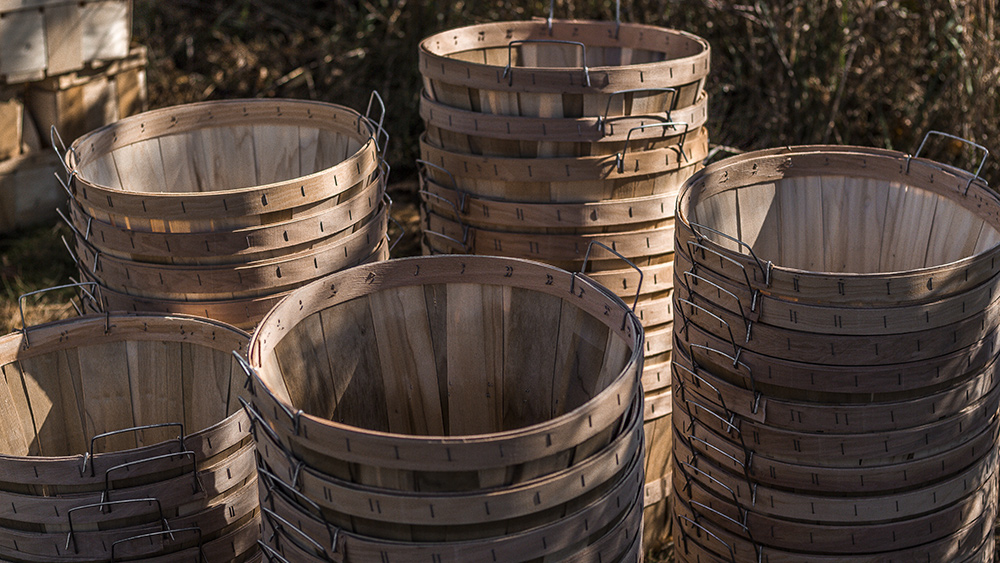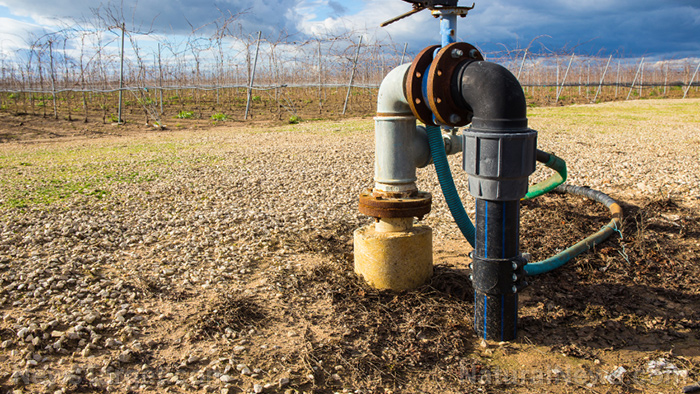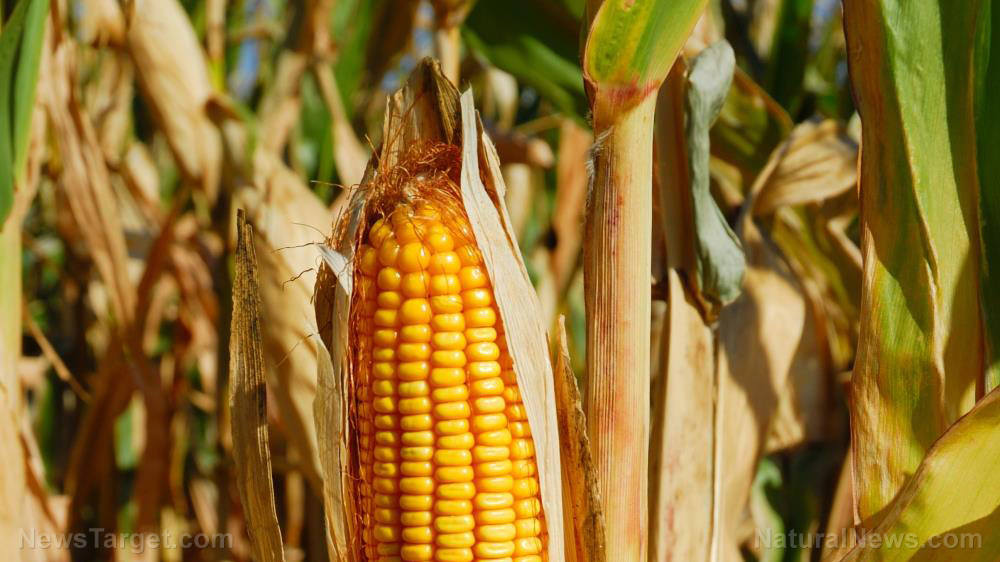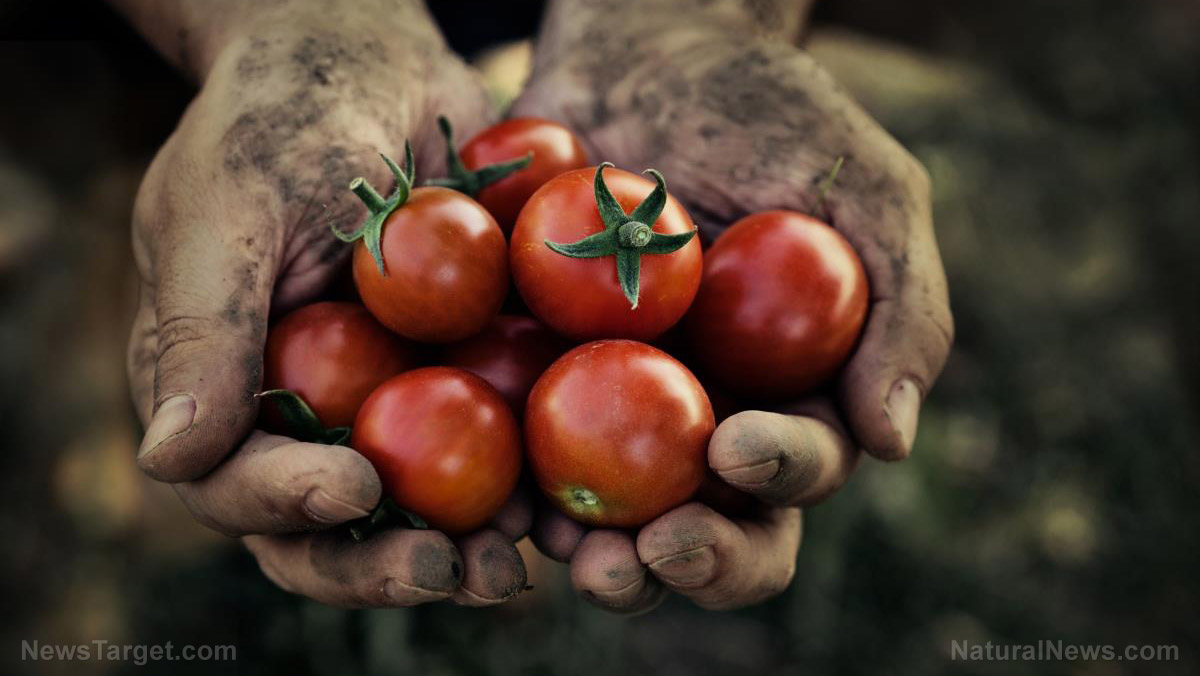One of the world’s largest fertilizer producers, Yara (in Norway), slashes production due to skyrocketing natural gas prices
08/29/2022 / By Ethan Huff
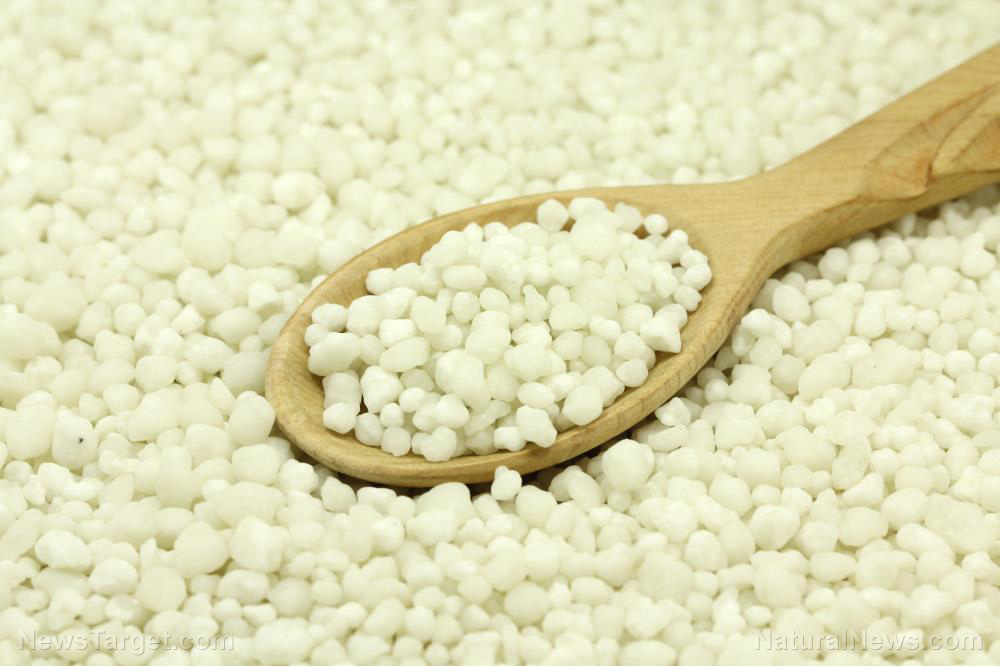
Another European fertilizer manufacturing plant is cutting production due to skyrocketing natural gas prices across the continent.
Yara, based in Norway, is one of the world’s largest fertilizer producers – or at least it was one of the largest fertilizer producers before the ongoing energy crisis destroyed its bottom line.
No longer does it make financial sense to continue producing as much ammonia as before, Yara says, which is raising questions about how Europe is going to grow enough food for survival.
“Ammonia plays a key role in the manufacturing of fertilizer,” reported Reuters. “Without it, crop yields will deteriorate because nutrients removed from soil during harvesting are not replenished.”
Since the beginning of August, gas prices have spiked by nearly 40 percent. Since the beginning of the year, gas prices have soared by nearly 300 percent. (Related: Two Polish fertilizer production companies just shut down for the same reasons.)
“That is going to lead to a bit lesser volume supplied on the soil. And basically, in short, the long-term implication is higher food prices,” says Adrien Tamagno, an analyst at Berenberg.
Will Europe survive the fertilizer crisis?
All year long, Yara has been trimming ammonia production in response to ever-rising energy prices. All in all, the plant is only producing about 35 percent of its ammonia capacity – with more cuts on the way if prices keep rising.
“We’ve basically never seen prices high enough to defend production at these cost levels,” said Kepler Cheuvreux analyst Magnus Melvær Rasmussen. “It’s not looking good and that’s a problem for farmers, for food production and for food security.”
European farmers can still import fertilizer from outside of Europe. The problem is that prices will still be a lot higher, resulting in more expensive food for an already suffering population.
“It’s hard to see that you would be able to replace everything that’s potentially missing,” Rasmussen added.
A corporate announcement from Yara explains that the company is having to curtail an annual capacity equivalent of 3.1 million tons of ammonia and 4.0 million tons of finished products, including:
- 1.8 million tons of urea
- 1.9 million tons of nitrates
- 0.3 million tons of NPK (nitrogen, phosphorus, and potassium)
“Yara will where possible use its global sourcing and production system to optimize operations and meet customer demand, including continued nitrate production using imported ammonia when feasible,” the company added.
“Yara will continue to monitor the situation and adapt to market conditions going forward.”
In the comments at Natural News, one of our readers pointed out that the fertilizer crisis, coupled with the energy crisis, coupled with every other crisis – “all happening at the same time to have the effect of shutting down worldwide food production in years to come” – sure points to the whole thing being planned.
“If I didn’t know better,” this same person added, “I’d wonder if this were all part of some larger plan.”
Another person emphasized that this upcoming winter will be really hard on Europeans, who will be left “cold and hungry” by their politicians.
“Come spring, the cold and hungry masses will hopefully make the necessary changes to end this nonsense,” this person added.
Others wrote that it is clear the “globalist elite” in power “don’t like humanity very much” and want to kill off a large portion of the world’s population through famine and starvation.
“You, the slave, will get what they decide you shall have,” one wrote. “And nothing more. These top-of-the-pyramid elite especially abhor the middle class and are determined to wipe it out for good.”
No more fertilizer means no more food. To keep up with the latest, visit Famine.news.
Sources for this article include:
Submit a correction >>
Tagged Under:
ammonia, collapse, conspiracy, crops, deception, depopulation, enslaved, famine, fertilizer, food, food collapse, food production, food security, food shortage, food supply, globalist elite, harvest, inflation, natural gas, nitrogen, rationing, scarcity, shortage, starvation, world agriculture, Yara
This article may contain statements that reflect the opinion of the author
RECENT NEWS & ARTICLES
Hunger.News is a fact-based public education website published by Hunger News Features, LLC.
All content copyright © 2022 by Hunger News Features, LLC.
Contact Us with Tips or Corrections
All trademarks, registered trademarks and servicemarks mentioned on this site are the property of their respective owners.

